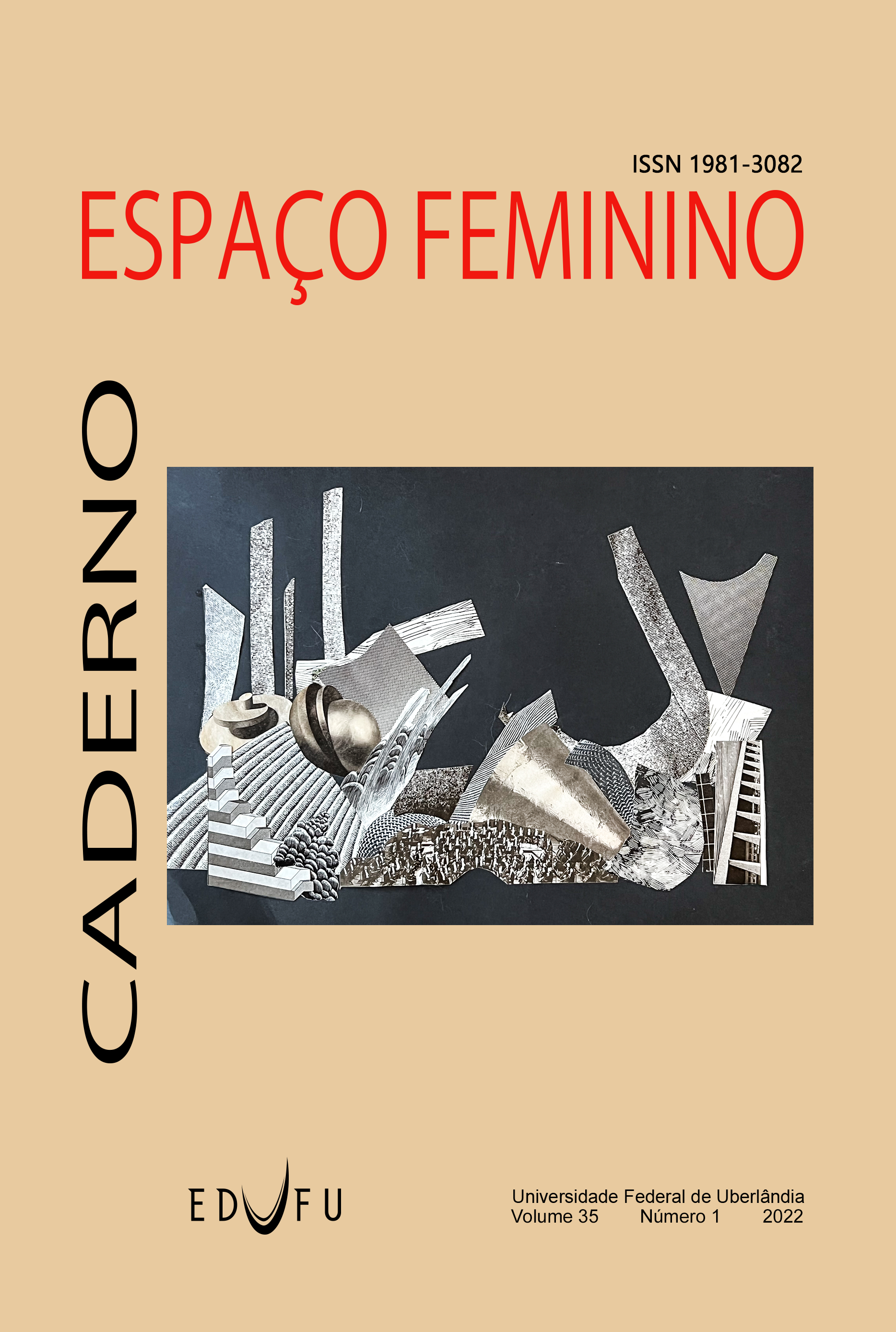Limits of identities and queer monstrous becoming
a conversation with Judith Butler
DOI:
https://doi.org/10.14393/CEF-v35n1-2022-21Abstract
In this article, we propose the speculative activity of asking the author Judith Butler a question: "what can a body do?". Based on this question, we propose to tense Butler's thought so that a monstrous, terrorist and (an)archical becoming emerges from it. To trace these proposed lines, we have divided the article into two sections that follow the introduction. In the first section, we dedicated ourselves to exploring the dimension of the body in Butler's theory based on two operative axes: the logic of recognition and performativity. In the second section, we seek to explore our queer bet on monstrous becomings of the body as a critical method of deposing the Law, putting Butler's thought in dialogue with other authors as Giorgio Agamben, Achille Mbembe, Paul Preciado and Karen Barad. Finally, as possible ways, we point to the opening lines of what we call queer monstrous becoming.
KEYWORDS: Queer theory. Judith Butler. Recognition. Identity. Law.





